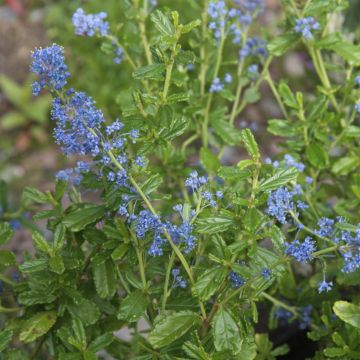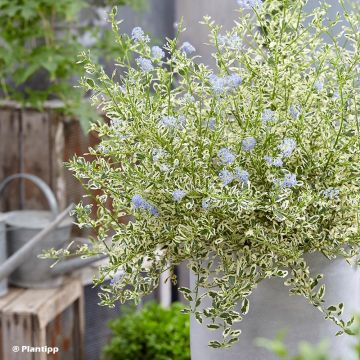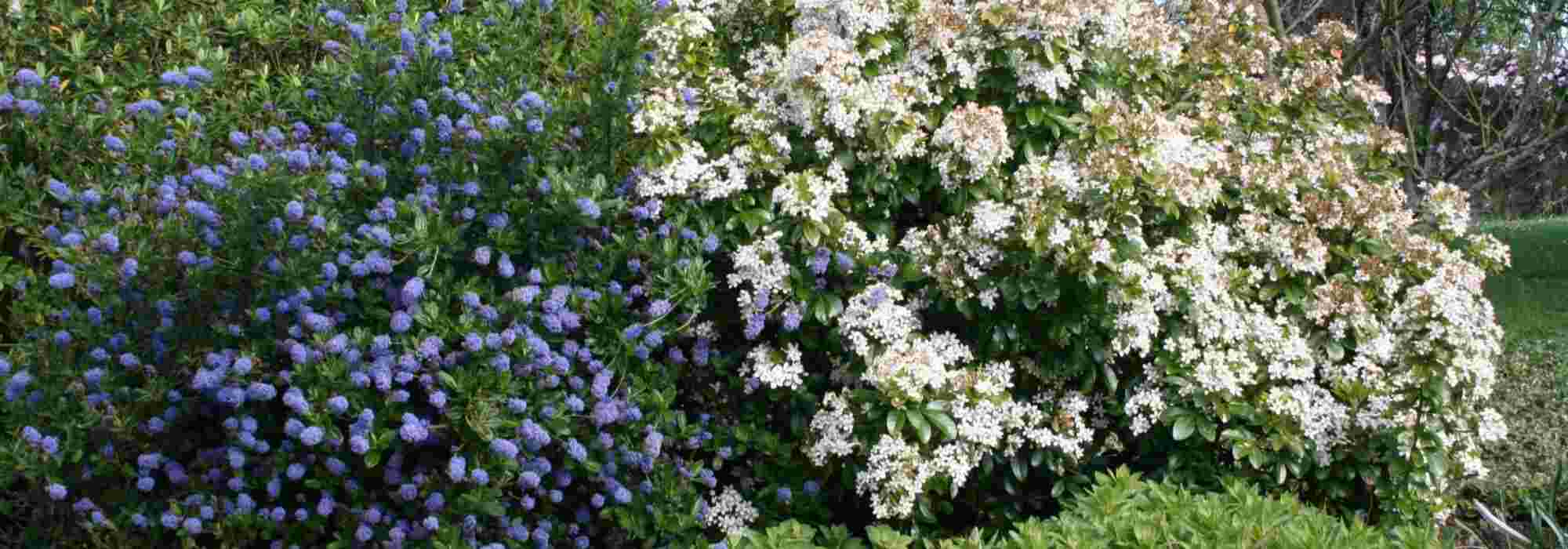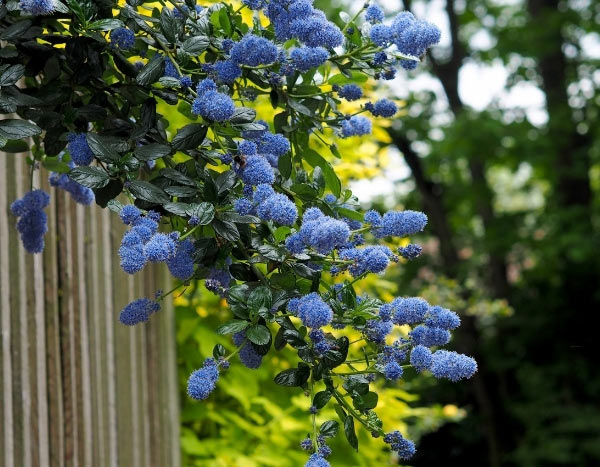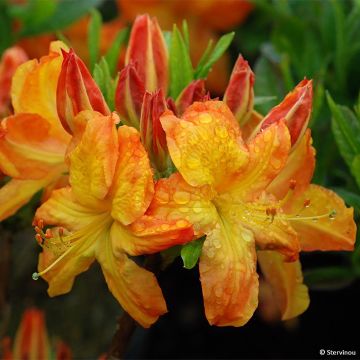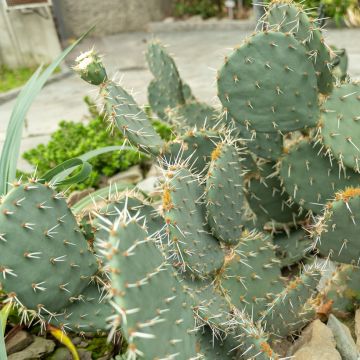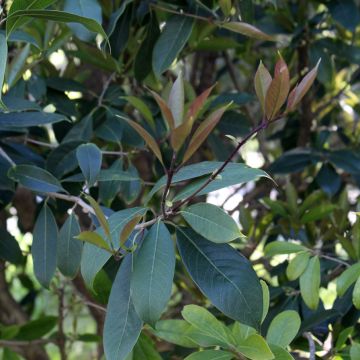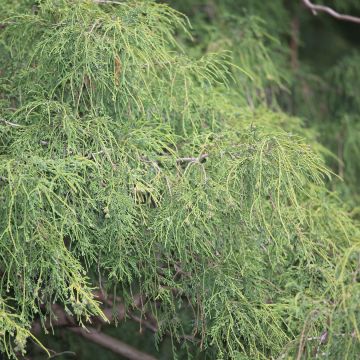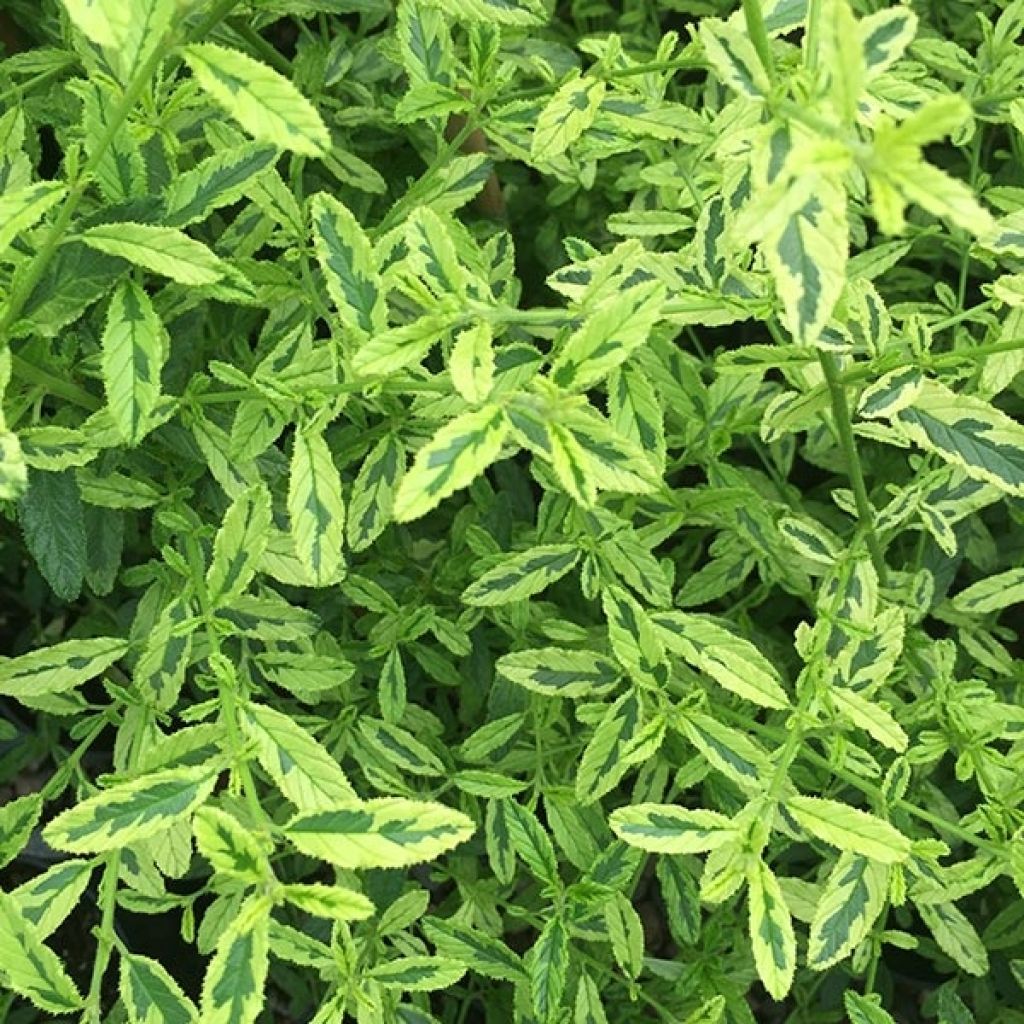

Ceanothus Lemon & Lime
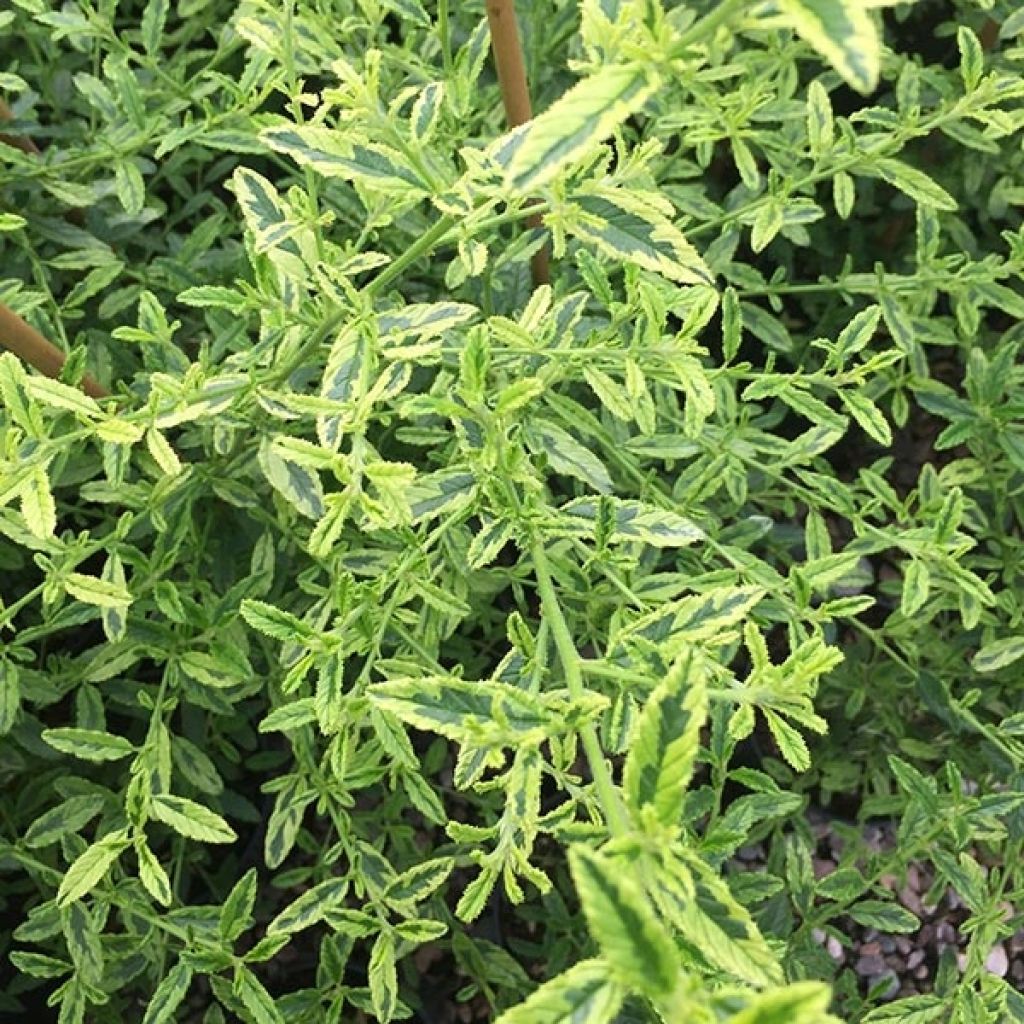

Ceanothus Lemon & Lime
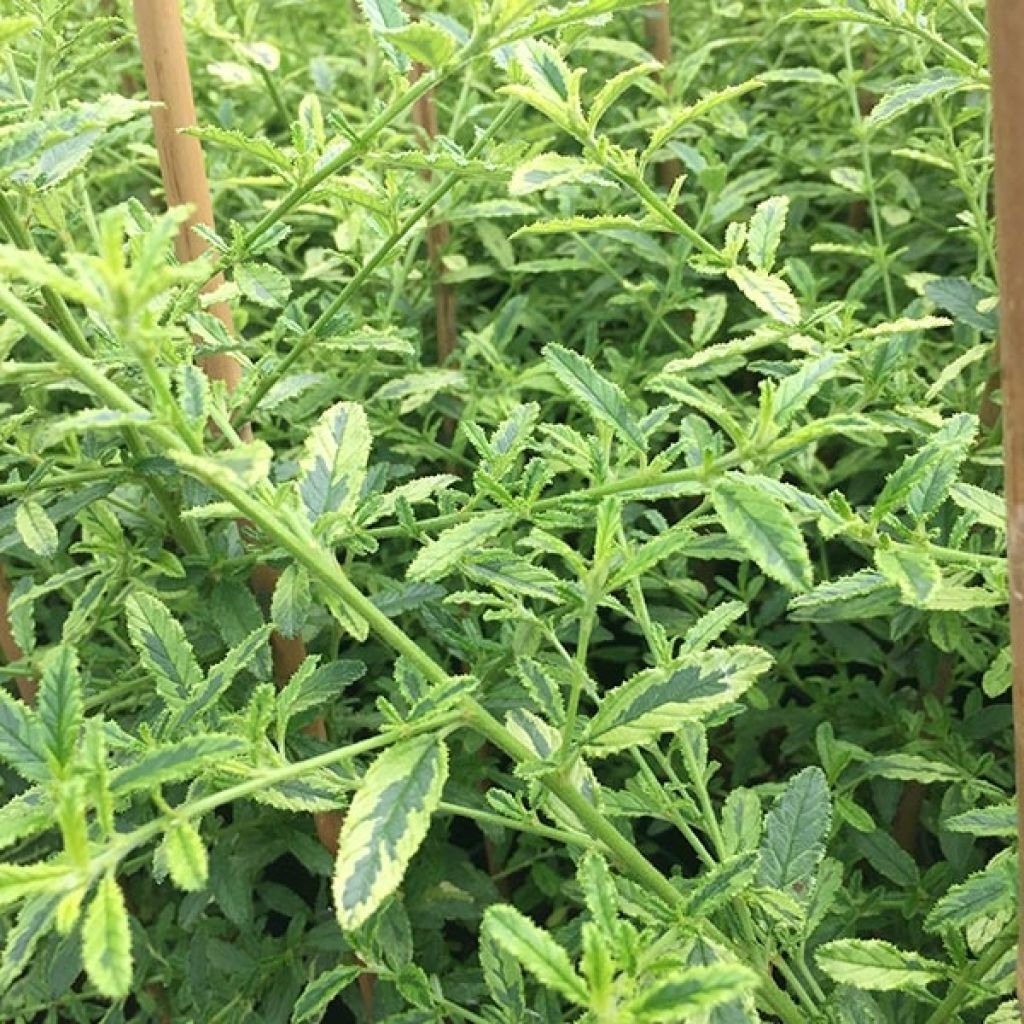

Ceanothus Lemon & Lime


Ceanothus Lemon & Lime
Ceanothus Lemon & Lime
Ceanothus impressus Lemon & Lime
California Lilac
It's a shame that the young plant wasn't displayed on the website as it is a small plant in a 1l pot. I understood it better when I received it. I still tried, but oops!
pierre, 13/08/2020
Special offer!
Receive a €20 voucher for any order over €90 (excluding delivery costs, credit notes, and plastic-free options)!
1- Add your favorite plants to your cart.
2- Once you have reached €90, confirm your order (you can even choose the delivery date!).
3- As soon as your order is shipped, you will receive an email containing your voucher code, valid for 3 months (90 days).
Your voucher is unique and can only be used once, for any order with a minimum value of €20, excluding delivery costs.
Can be combined with other current offers, non-divisible and non-refundable.
Why not try an alternative variety in stock?
View all →This plant carries a 24 months recovery warranty
More information
We guarantee the quality of our plants for a full growing cycle, and will replace at our expense any plant that fails to recover under normal climatic and planting conditions.
Would this plant suit my garden?
Set up your Plantfit profile →
Description
Ceanothus impressus Lemon & Lime owes its name to the beautiful lemon-yellow variegation of its evergreen foliage. This recent variety will also charm with its vigour and generous, intense blue, flowering that will animate the garden from April onwards. Decorative all year round, it is a very beautiful bush for the seaside as well as for dry gardens in climates which are not too cold. Give it sunshine and well-drained, light soil.
.
The Lemon & Lime Ceanothus is a horticultural hybrid originating from, among others, the Ceanothus impressus, a botanical species native to California. All ceanothus belong to the rhamnaceae family, they are cousins of our buckthorn (Neprun purgatif) and once well rooted, only rely on rainwater. They dislike heavy and permanently wet soil and grow fast but do not live very long.
This 'Lemon & Lime' variety forms a beautiful bush with a bushy, slightly upright, dense habit, which tends to widen a bit with age. It will reach a height of about 2.50m (8ft 2in) in the space of 5 years, with a width of 2m (6ft 7in) to 2.25m (7ft 5in). Flowers appear abundantly in April-May at the tips of the branches in the form of dense panicles of tiny intensely blue flowers with prominent stamens. This abundant and slightly fragrant flowering attracts many pollinating insects. The foliage, which persists in winter, is composed of small, glossy, alternate, ovate and elongated leaves, bordered in lemon yellow to light yellow on a dark green background. This variety tolerates light pruning after flowering. Its hardiness is around -7 to -10°C (19.4 to 14°F) when the plant has been established in the garden for several years, in a position sheltered from the wind.
In recent years, horticulturists have 'invented' beautiful varieties of ceanothus that are easier to acclimate and smaller in size, so more suitable for our gardens and terraces. Resistant to summer drought and tolerant of poor or sandy soils, the Lemon & Lime Ceanothus is a beautiful plant to be sited alone or in a mass of easy-to-grow shrubs in a coastal garden or in warm climates, even hot and dry during summer. It will also look good in an informal hedge, associated with other evergreen shrubs (laurustinus, eleagnus, oleander, photinias, privet, Mexican orange blossom...). To accompany it, consider the Buddleia officinalis (pale pink, from February-March), Fremontodendron californicum (from April-May-June), coronillas (in April), shrubby cistus (Cistus laurifolius, in May), or botanical roses and small-sized strawberry trees.
Ceanothus Lemon & Lime in pictures
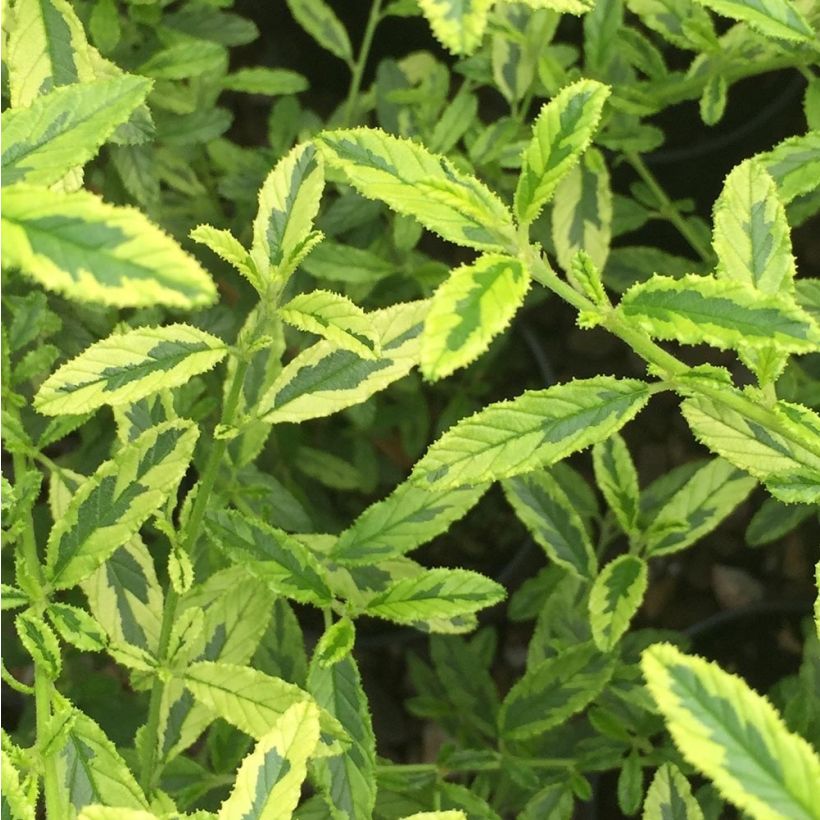

Plant habit
Flowering
Foliage
Botanical data
Ceanothus
impressus
Lemon & Lime
Rhamnaceae
California Lilac
Cultivar or hybrid
Other Ceanothus
View all →Planting and care
Place Ceanothus in a sunny or partially shaded position (in the south or in a warm region). Plant them in ordinary soil that should be moist to dry in summer, but very well-drained. Avoid very chalky and/or compact and clayey soils. This Lemon & Lime variety can withstand brief frosts of around -10°C (14°F) once mature. This ceanothus does not tolerate regular summer watering, for example when planted in an irrigated lawn. Avoid cold drafts. It can be trained on a wall.
Plant all year round as long as it is frost-free, by mixing your garden soil with compost, coarse sand, gravel, perlite or any material that does not retain moisture. Water generously once or twice a week to promote establishment. In hot and dry climates, planting in early autumn is preferable. Only water twice a month, and only in case of summer drought, from the third year onwards. This is a plant that requires very little maintenance and grows without difficulty as long as the conditions are met. You can lightly prune the stems after flowering to encourage branching. Fertilizer applications are not recommended (just add a little bonemeal at the bottom of the planting hole).
Cultivation in pots:
Use a lightweight substrate, a mixture of garden soil, coarse sand and compost. In summer, water abundantly but only when the soil is dry. The plant can be overwintered in a cool, unheated and bright place, protected from severe frost. Apply a slow-release fertilizer in spring and autumn.
Planting period
Intended location
Care
Planting & care advice
-
, onOrder confirmed
Reply from on Promesse de fleurs
Similar products
Haven't found what you were looking for?
Hardiness is the lowest winter temperature a plant can endure without suffering serious damage or even dying. However, hardiness is affected by location (a sheltered area, such as a patio), protection (winter cover) and soil type (hardiness is improved by well-drained soil).

Photo Sharing Terms & Conditions
In order to encourage gardeners to interact and share their experiences, Promesse de fleurs offers various media enabling content to be uploaded onto its Site - in particular via the ‘Photo sharing’ module.
The User agrees to refrain from:
- Posting any content that is illegal, prejudicial, insulting, racist, inciteful to hatred, revisionist, contrary to public decency, that infringes on privacy or on the privacy rights of third parties, in particular the publicity rights of persons and goods, intellectual property rights, or the right to privacy.
- Submitting content on behalf of a third party;
- Impersonate the identity of a third party and/or publish any personal information about a third party;
In general, the User undertakes to refrain from any unethical behaviour.
All Content (in particular text, comments, files, images, photos, videos, creative works, etc.), which may be subject to property or intellectual property rights, image or other private rights, shall remain the property of the User, subject to the limited rights granted by the terms of the licence granted by Promesse de fleurs as stated below. Users are at liberty to publish or not to publish such Content on the Site, notably via the ‘Photo Sharing’ facility, and accept that this Content shall be made public and freely accessible, notably on the Internet.
Users further acknowledge, undertake to have ,and guarantee that they hold all necessary rights and permissions to publish such material on the Site, in particular with regard to the legislation in force pertaining to any privacy, property, intellectual property, image, or contractual rights, or rights of any other nature. By publishing such Content on the Site, Users acknowledge accepting full liability as publishers of the Content within the meaning of the law, and grant Promesse de fleurs, free of charge, an inclusive, worldwide licence for the said Content for the entire duration of its publication, including all reproduction, representation, up/downloading, displaying, performing, transmission, and storage rights.
Users also grant permission for their name to be linked to the Content and accept that this link may not always be made available.
By engaging in posting material, Users consent to their Content becoming automatically accessible on the Internet, in particular on other sites and/or blogs and/or web pages of the Promesse de fleurs site, including in particular social pages and the Promesse de fleurs catalogue.
Users may secure the removal of entrusted content free of charge by issuing a simple request via our contact form.
The flowering period indicated on our website applies to countries and regions located in USDA zone 8 (France, the United Kingdom, Ireland, the Netherlands, etc.)
It will vary according to where you live:
- In zones 9 to 10 (Italy, Spain, Greece, etc.), flowering will occur about 2 to 4 weeks earlier.
- In zones 6 to 7 (Germany, Poland, Slovenia, and lower mountainous regions), flowering will be delayed by 2 to 3 weeks.
- In zone 5 (Central Europe, Scandinavia), blooming will be delayed by 3 to 5 weeks.
In temperate climates, pruning of spring-flowering shrubs (forsythia, spireas, etc.) should be done just after flowering.
Pruning of summer-flowering shrubs (Indian Lilac, Perovskia, etc.) can be done in winter or spring.
In cold regions as well as with frost-sensitive plants, avoid pruning too early when severe frosts may still occur.
The planting period indicated on our website applies to countries and regions located in USDA zone 8 (France, United Kingdom, Ireland, Netherlands).
It will vary according to where you live:
- In Mediterranean zones (Marseille, Madrid, Milan, etc.), autumn and winter are the best planting periods.
- In continental zones (Strasbourg, Munich, Vienna, etc.), delay planting by 2 to 3 weeks in spring and bring it forward by 2 to 4 weeks in autumn.
- In mountainous regions (the Alps, Pyrenees, Carpathians, etc.), it is best to plant in late spring (May-June) or late summer (August-September).
The harvesting period indicated on our website applies to countries and regions in USDA zone 8 (France, England, Ireland, the Netherlands).
In colder areas (Scandinavia, Poland, Austria...) fruit and vegetable harvests are likely to be delayed by 3-4 weeks.
In warmer areas (Italy, Spain, Greece, etc.), harvesting will probably take place earlier, depending on weather conditions.
The sowing periods indicated on our website apply to countries and regions within USDA Zone 8 (France, UK, Ireland, Netherlands).
In colder areas (Scandinavia, Poland, Austria...), delay any outdoor sowing by 3-4 weeks, or sow under glass.
In warmer climes (Italy, Spain, Greece, etc.), bring outdoor sowing forward by a few weeks.







































